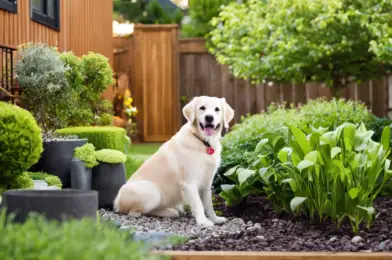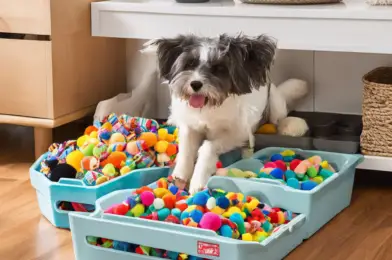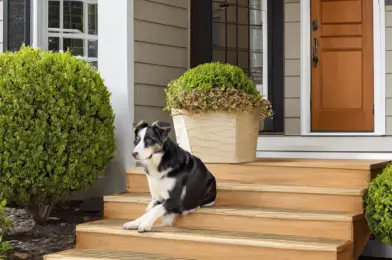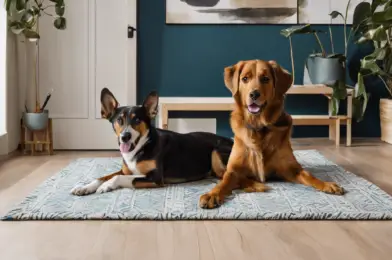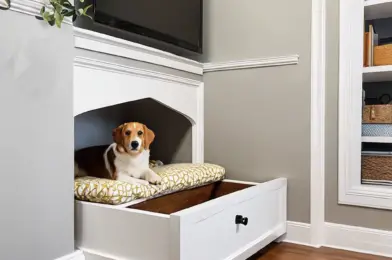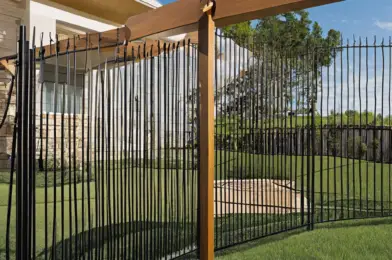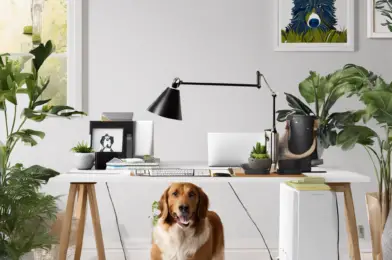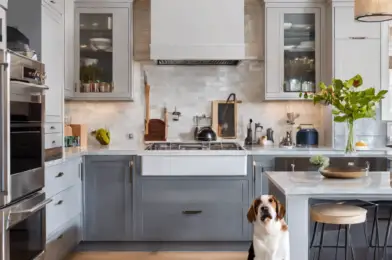Having a backyard can be a dream come true for dog owners, offering a private oasis where your furry friend can play and explore. Designing this space to be both safe and stimulating will ensure your dog gets the most out. Here are some tips to transform your outdoor area into a paradise for your canine companion.
**Ensure Safety:** The first priority is creating a secure environment. Check your fence for any potential escape routes, and repair gaps or weak spots. Consider the height of your fence; some dogs are expert jumpers, so you may need to increase its height or add an angle at the top to deter them from leaping over. Also, ensure that your yard is free from toxic plants and hazardous items like sharp tools or chemicals. Store these items in a secure shed or cabinet, keeping your dog’s natural curiosity from leading to a potential emergency.
**Set Up a Comfort Zone:** Every dog should have a place to retreat to when they need some alone time. Designate a cozy corner with a comfortable dog bed or even a small indoor area, like a doghouse with a flap door, where they can relax and feel safe. This is especially important if you host parties or have children running around in the yard, as it provides a quiet space for your dog to take a break.
**Incorporate Fun Elements:** Create an engaging environment by adding various textures like sandpits or a shallow water area for hot days. You can introduce obstacles like tunnels or weave poles for an at-home agility course, providing exercise and mental stimulation. For scent-driven dogs, a nose work area with hidden treats or toys will keep them entertained. You can even hide these in your garden to encourage exploration.
**Train and Socialize:** Your backyard is an excellent space to begin training and socialization. Teach recall commands and basic tricks, rewarding your dog with treats and praise. This helps establish a bond and reinforces the idea that the backyard is a fun learning environment. If your dog is friendly with other dogs, consider inviting neighborhood dogs over for playdates, which will help socialize them in a controlled environment.
**Outdoor Dining:** Set up a designated eating area for your dog away from the potential hazards of the main yard. This can be a spot on the patio or a designated corner, providing a consistent eating zone that’s separate from their play area, helping to prevent overeating and encouraging healthy eating habits.
A well-designed backyard can provide endless hours of entertainment and exercise for your dog. By balancing safety with engaging activities, you’ll create a space your dog will love, and you’ll love watching them enjoy it. Remember, a happy dog means a happy owner, so get creative and make the most of your outdoor space!

